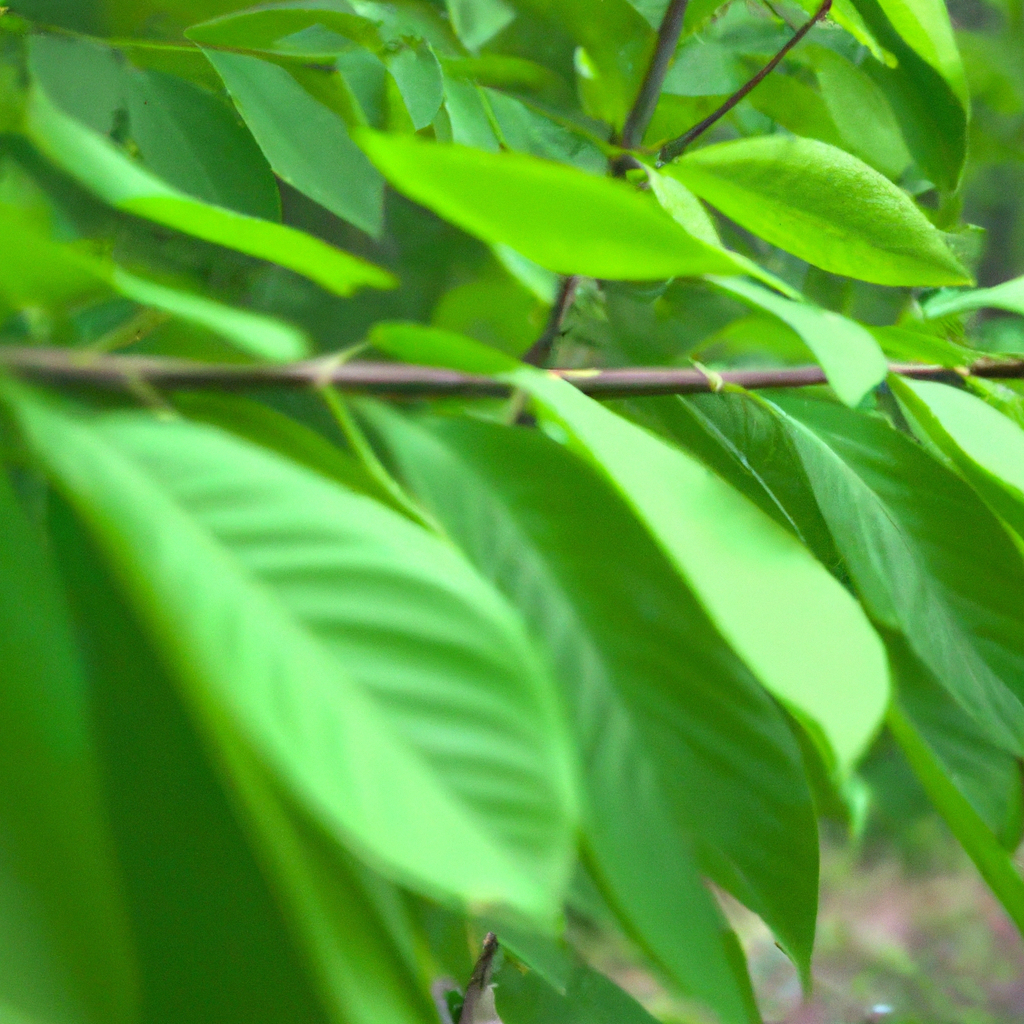Photosynthesis is the process by which green plants and algae create their own food. It is a complex process that involves the conversion of sunlight into chemical energy. In this article, we will explain the process of photosynthesis, its steps, the photosynthesis equation, and provide a photosynthesis diagram to help you visualize the process.
Photosynthesis Explained
Photosynthesis is an essential process for life on earth. It is the process by which green plants and algae create their own food. Photosynthesis converts light energy into chemical energy, which is stored in the form of sugar molecules. These sugar molecules are then used as the building blocks for the plant’s growth and development.
There are two main stages of photosynthesis: the light-dependent reactions and the light-independent reactions. The light-dependent reactions occur in the thylakoid membrane of the chloroplasts, while the light-independent reactions occur in the stroma of the chloroplasts.
Photosynthesis Steps
Photosynthesis can be divided into two stages: the light-dependent reactions and the light-independent reactions.
Light-dependent Reactions:
1. Absorption of light: The first step in the light-dependent reactions is the absorption of light by the chlorophyll molecules in the thylakoid membrane. Chlorophyll absorbs light in the red and blue regions of the electromagnetic spectrum and reflects green light, giving plants their characteristic color.
2. Creation of ATP: The absorbed light energy is used to create ATP (adenosine triphosphate), which is a high-energy molecule that provides energy for the plant’s metabolic processes.
3. Creation of NADPH: The absorbed light energy is also used to create NADPH (nicotinamide adenine dinucleotide phosphate), which is a high-energy molecule that provides electrons for the light-independent reactions.
Light-independent Reactions:
1. Carbon fixation: The first step in the light-independent reactions is carbon fixation, in which carbon dioxide is converted into organic molecules by the enzyme ribulose bisphosphate carboxylase/oxygenase (RuBisCO). This process is also known as the Calvin cycle.
2. Reduction: The organic molecules that are produced in the carbon fixation step are then reduced by NADPH, creating high-energy molecules that can be used by the plant.
3. Regeneration: Finally, the organic molecules that were produced in the reduction step are used to regenerate the original molecule that was used in the carbon fixation step, allowing the cycle to continue.
Photosynthesis Equation
The photosynthesis equation is a representation of the chemical reaction that occurs during photosynthesis. The equation is:
6CO2 + 6H2O + light energy → C6H12O6 + 6O2
In this equation, carbon dioxide (CO2) and water (H2O) are converted into glucose (C6H12O6) and oxygen (O2) in the presence of light energy. This equation represents the overall process of photosynthesis.
Photosynthesis Diagram
To help you visualize the process of photosynthesis, we have included a diagram below.
1. Light energy is absorbed by the chlorophyll molecules in the thylakoid membrane.
2. The absorbed light energy is used to create ATP and NADPH in the light-dependent reactions.
3. Carbon dioxide is fixed into organic molecules in the stroma of the chloroplasts.
4. The organic molecules are reduced by NADPH to create high-energy molecules.
5. The organic molecules are used to regenerate the original molecule used in carbon fixation, allowing the cycle to continue.
Conclusion
Photosynthesis is a complex process that is essential for life on earth. It involves the conversion of light energy into chemical energy, which is stored in the form of sugar molecules. The photosynthesis process can be divided into two stages: the light-dependent reactions and the light-independent reactions. The photosynthesis equation represents the overall process of photosynthesis, while the photosynthesis diagram provides a visual representation of the process. Understanding the process of photosynthesis is essential for understanding the role that plants play in the ecosystem and the importance of preserving our planet’s natural resources.







